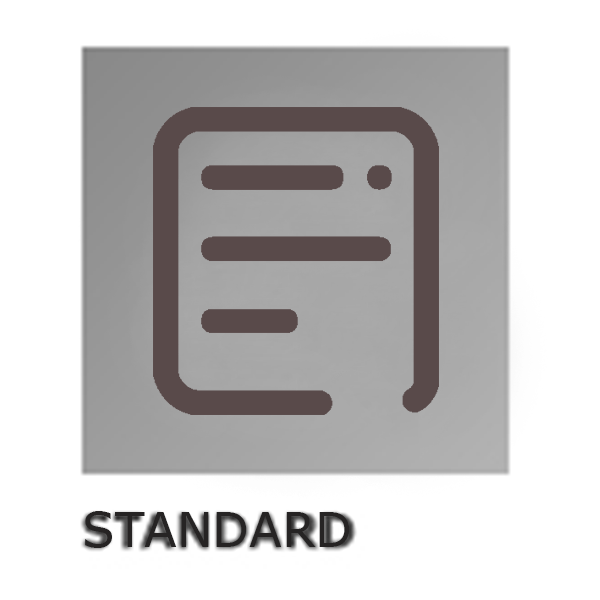This standard addresses recognizable audio and visual markers that assist humans in distinguishing communication with a human, a machine, or a combination of both. Therefore, the standard defines visual, textual, and auditory marks. This standard does not cover methods to determine whether an interaction is with a machine, such as Turing tests.
Because of improving capabilities of artificial intelligence (AI), filters, deepfakes, and blended human-AI hybrid entities humans are increasingly failing to identify the true actor in an interaction. To maintain or regain transparency, understanding, and trust during online, telephone, or other forms of electronically mediated communication or interactions, this standard is needed. The standard helps minimize cognitive and social burdens on developers, users, and other stakeholders, to avoid misattributions which could otherwise increase epistemic uncertainty, erode the integrity of datasets, or injure social trust.
New IEEE Standard – Active – Draft. The purpose of this standard is to define elements to improve transparency in the identification of the agency behind media or communications, such as a machine intelligence, a human being, or a combination of entities. The goal is to facilitate transparency, understanding, and trust during online, telephone, robotic, or other electronic interactions, thereby strengthening provisions for public safety and security.
Because of improving capabilities of artificial intelligence (AI), filters, deepfakes, and blended human-AI hybrid entities humans are increasingly failing to identify the true actor in an interaction. To maintain or regain transparency, understanding, and trust during online, telephone, or other forms of electronically mediated communication or interactions, this standard is needed. The standard helps minimize cognitive and social burdens on developers, users, and other stakeholders, to avoid misattributions which could otherwise increase epistemic uncertainty, erode the integrity of datasets, or injure social trust.
New IEEE Standard – Active – Draft. The purpose of this standard is to define elements to improve transparency in the identification of the agency behind media or communications, such as a machine intelligence, a human being, or a combination of entities. The goal is to facilitate transparency, understanding, and trust during online, telephone, robotic, or other electronic interactions, thereby strengthening provisions for public safety and security.






